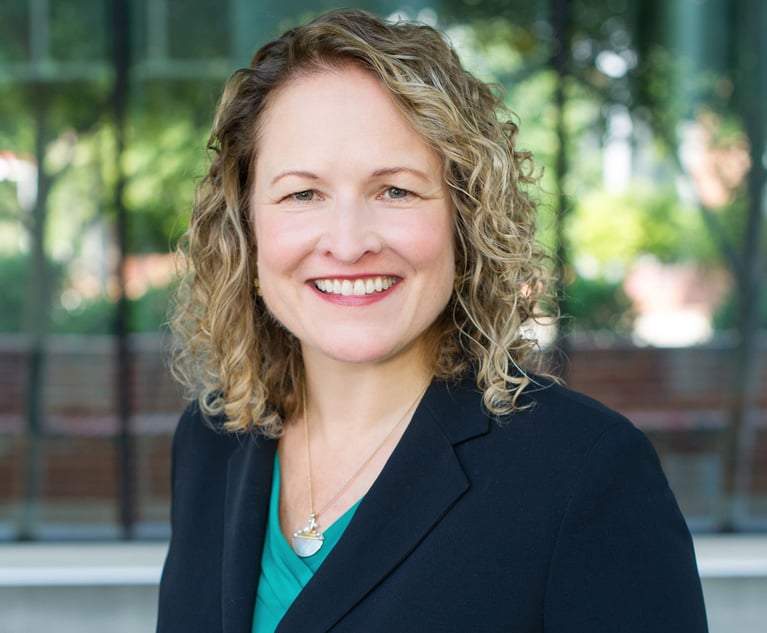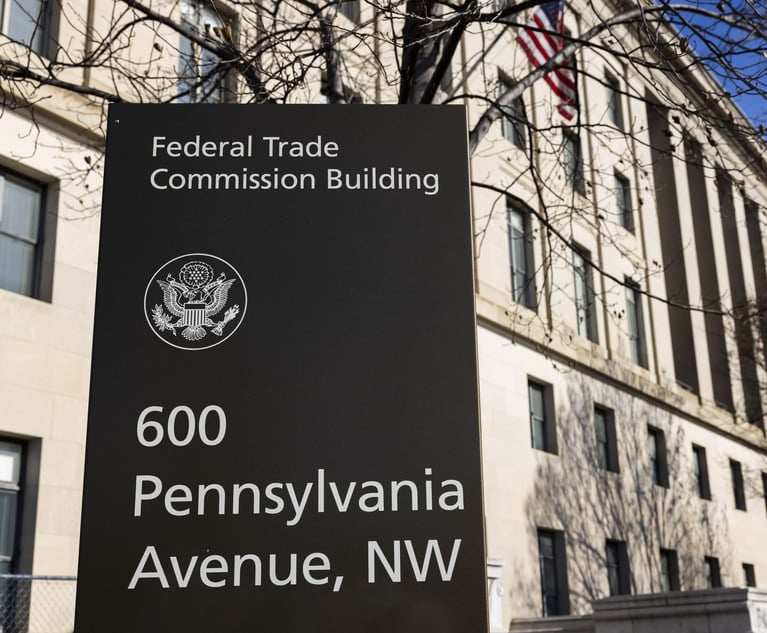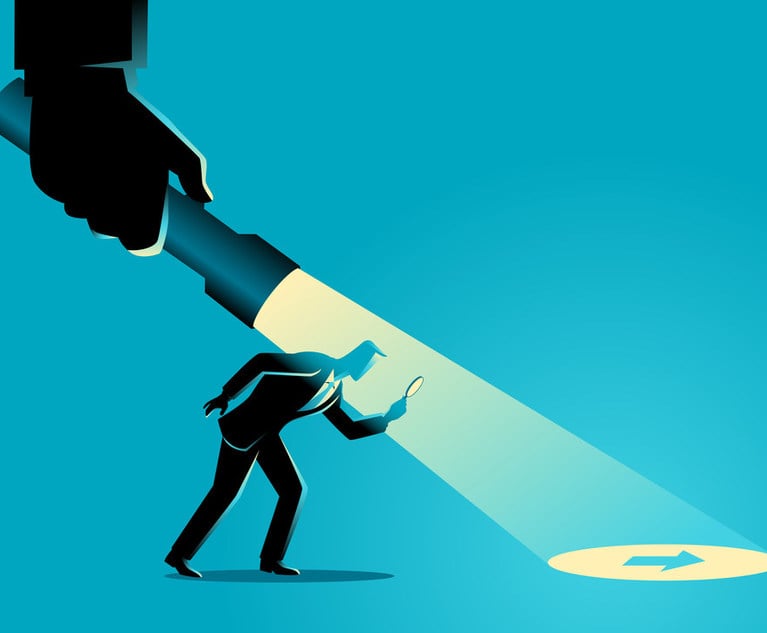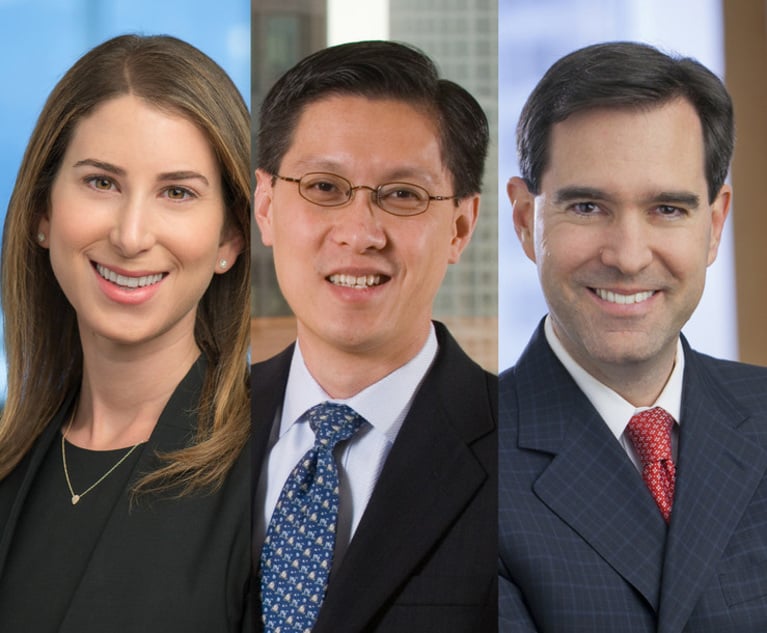PART-TIME PARTNERSHIP PATH - It’s 2021. You’ve seen the hamper next to your managing partner’s bathroom door on Zoom. Perhaps it’s time for everyone in the legal industry to acknowledge that lawyers are people too. They all have lives and some would like to live them—but does that have to mean giving up on their partnership aspirations? As Law.com’s Jessie Yount reports, an increasing number of law firms are saying no, it doesn’t. Reduced-hour partner track programs are gaining traction in Big Law and industry watchers say this could just be the beginning. “I think this is the wave of the future,” said Sarah Van Steenburg, a managing director at Major, Lindsey & Africa who has seen a significant uptick in requests for part-time options from high-performers in the last six to nine months. “With the pandemic and Zoom, the walls of separation came down. There’s more openness. People are more comfortable showing the messiness and the tiredness and asking for something different.”
SWING AND A MISS - Four U.S. Supreme Court justices—Stephen Breyer, Amy Coney Barrett, Clarence Thomas and Samuel Alito—in separate appearances recently expressed concern about the court’s future legitimacy in the eyes of the public, accusing the media, in part, of contributing to public skepticism of their nonpartisan decision-making. But, as Law.com’s Marcia Coyle reports, some political scientists and court scholars believe the real threat to the high court’s legitimacy hinges largely on two key factors: the sophisticated tools now used by presidents and political parties to pick or promote “reliable” or “loyal” nominees, and, as a result, the disappearance of the traditional swing justice who sits at the center of a closely-divided court and whose vote is needed to create a majority. But hey, you don’t have to take their word for it. Justice Elena Kagan said as much back in 2018, during a discussion at Princeton University. Kagan noted that having a less predictable justice near the center has historically “enabled the court to look so it was not all by one side or another and it was indeed impartial and neutral and fair.” She added, “This is a really divided time, and part of the court’s strength and part of the court’s legitimacy depends on people not seeing the court in the way that people see the rest of the governing structures of this country.”










